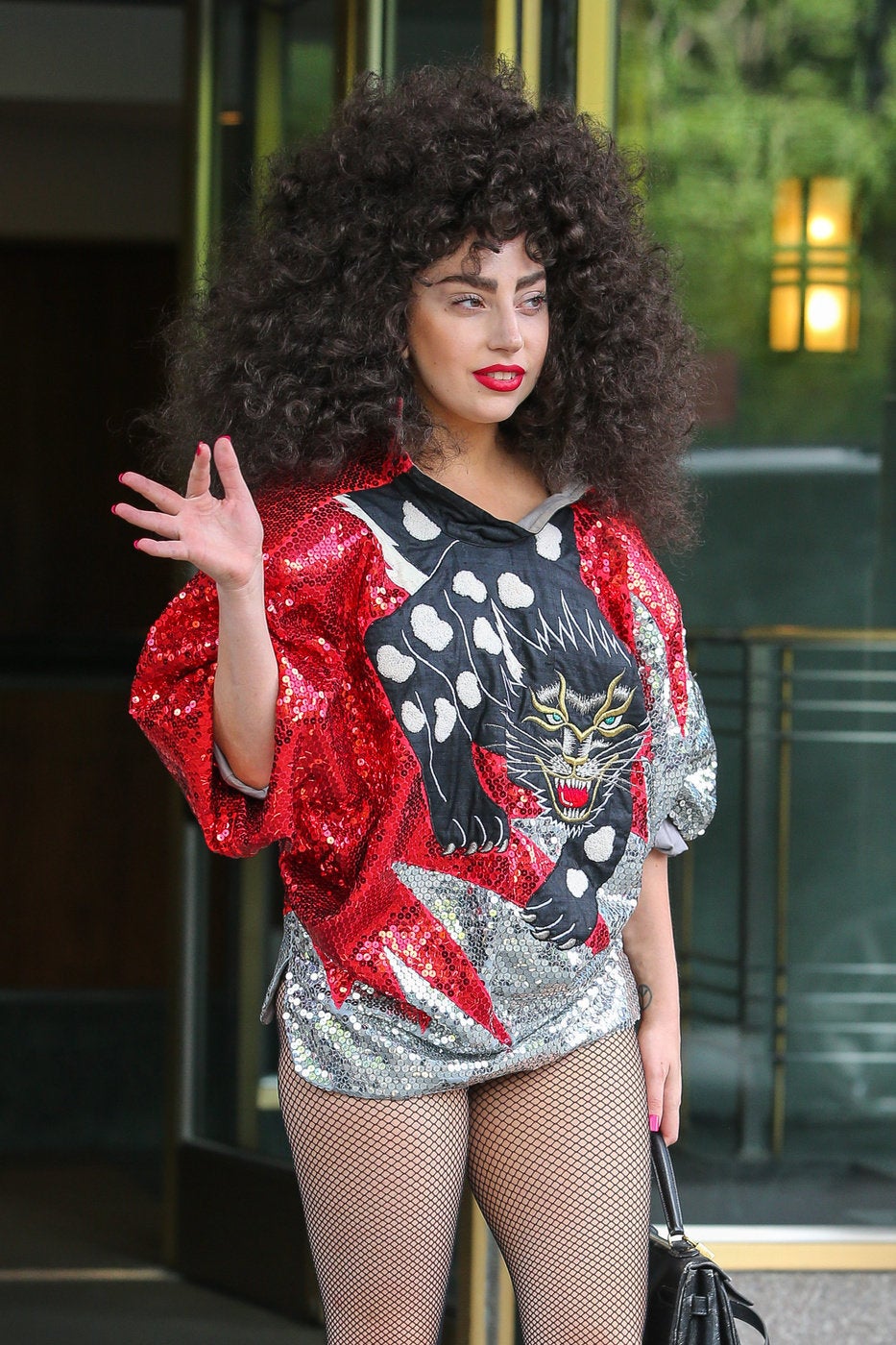"I'm out here playing my butt off, 39 years old, and you're doing that?"
Tennis great Jimmy Connors did not like it when chair umpires aggrieved him during matches. He especially didn't like it during the 1991 U.S. Open, where Connors, who ranked just 174 in the world before the Open began, made an unlikely and memorable run to the tournament's semifinals.
"Jimmy was a guy who wasn't going to listen to authority. He questioned the whole notion of somebody sitting in a chair in judgement of him and his actions and his shots," Brian Koppelman told The Huffington Post. Koppelman directed the new ESPN 30 For 30 film on Connors' 1991 U.S. Open performance, "This Is What They Want," with David Levien, his frequent writing partner (the duo wrote "Rounders" and the recent film "Runner Runner").
"To Jimmy, this thing was a cage fight," Koppelman continued. "Cage fights shouldn't have a referee and neither should this. We were fascinated by him because of that. It's why the whole world was fascinated by him. [New York Daily News writer] Mike Lupica makes the point that there was a period time in the 1970s where Jimmy wasn't just the biggest tennis star in the world, he was the biggest sports star in the world."
With a laser focus, Koppelman and Levien track what would become Connors' last Open hurrah, from a first-round upset win over Patrick McEnroe (brother of Connors' long-time rival, John McEnroe) to an unbelievable comeback win over Aaron Krickstein in the fourth round, on Connors' 39th birthday. (As "This Is What They Want" shows, the Connors-Krickstein match is regarded as such a classic that television producers often cue it up during U.S. Open rain delays to this day.)
"We've been big fans of and have become friendly over the past 14 or 15 years with Bill Simmons," Koppleman said. Simmons, best known as The Sports Guy, is the executive producer of the 30 For 30 series. "Bill was emailing with us one day and asked if we were interested in doing a 30 For 30, and we immediately said we wanted to do Jimmy Connors in 1991 at the U.S. Open. We hadn't been thinking about it before, but it just occurred to us. We were on an airplane when he sent us that note, and I looked at Dave and said, 'Connors in '91?' He said, 'Yeah.'"
As Levien remembers, it was a no-brainer for Simmons as well. "Simmons said something like, 'How could we not have done this yet?' He couldn't believe nobody had taken the topic."
Koppelman and Levien, who grew up just 20 minutes away from the USTA Billie Jean King National Tennis Center, the venue that the U.S. Open calls home, used their local connections -- notably ESPN journalist Chris Fowler, who appears in the film and "knew how to get Jimmy," according to Koppelman -- to secure interview time with Connors.
"Some people might have gone about attacking this without Jimmy's involvement, but that was the threshold for us," Levien said. "When we got Jimmy we knew we had something we could make. If he would have said no it would have been really hard for us to go ahead without Jimmy."
For his part, Connors is open and honest in the film, which paints him as a fierce competitor who would stop at nothing to win a tennis match. For instance, Connors had a prior relationship with Krickstein; after their match, he never talked to Krickstein again. (It's a revelation that stuns everyone in the film, from Fowler to tennis analyst Mary Carillo.) "In Jimmy's book, he tries to write it off that Aaron never reached out to him," Koppelman said "It's so obvious that Aaron idolized Jimmy. He grew up really thinking Jimmy was a mentor and friend, but you can't fault Jimmy for wanting to destroy his opponent on the court. That's what makes Jimmy Connors so compelling. That's what makes Jimmy Connors, to us, someone worthy of this kind of study. How does someone still burn at 39 years old to want to go out there and still destroy his opponent and put his body and mind through all that? He says it in the movie: I never cared what they did or said, so I don't understand why they cared what I did. We can all decide whether Jimmy's being genuine in that moment or not."
Connors, who had memorable rivalries with McEnroe and Bjorn Borg, is compared to Pete Rose in the film, and the connection makes sense beyond the duo's similar hairstyles: Both men liked mucking it up with players and officials during their careers, and both used perceived slights to fuel their competitive fire. Connors, especially, felt like the reality show contestant who wasn't there to win friends, long before anyone knew what the reality show contestant who wasn't there to win friends looked like.
"If you drop Jimmy onto the 'Survivor' island, he would win going away," Levien said with a laugh when that association was made. "Who could beat him at 'Survivor'?"
While his "Survivor" bona fides may be unbeatable, Connors' 1991 U.S. Open run was not: Jim Courier blew him out in the semifinals, beating the five-time U.S. Open champion in straight sets. The victory, though, was hardly iconic, as the film points out: Barely anyone remembers who even won the 1991 Open, let alone that Connors lost in such a manner. (Stefan Edberg wound up as Open champion, for those keeping score at home.)
"Back then, the guys leading the charge were almost professional jerks," Koppelman said when asked how the game of tennis has changed since 1991. "We loved them! When we were kids growing up on Long Island, we loved Connors and McEnroe. We loved coming to the matches and cheering for them because they expressed teenage angst and rage on the court even though they were grown men. Somebody said to us along the way that [current stars] Roger Federer and Rafael Nadal are such genuinely nice and respectful people, and they've been the top dogs for such a long time, along with Novak Djokovic, that it made all the other players act that way too."
Those clamoring for a return of the Connors' and McEnroes, however, shouldn't be too despondent: Levien fully expects Connors, now 61 and recently recovered from surgeries to his hip and wrist, to pick up his racket one last time.
"I think he'll be on the tennis court with a few of his old cronies before this whole thing is done," Levien said. "Anybody who would think about playing him for money should still be careful."
"This Is What They Want" premieres tonight at 8 p.m. EST on ESPN.
Follow Brian Koppelman on Twitter at @briankoppelman; David Levien is on Twitter as well at @davidlevien, but he has yet to tweet.

